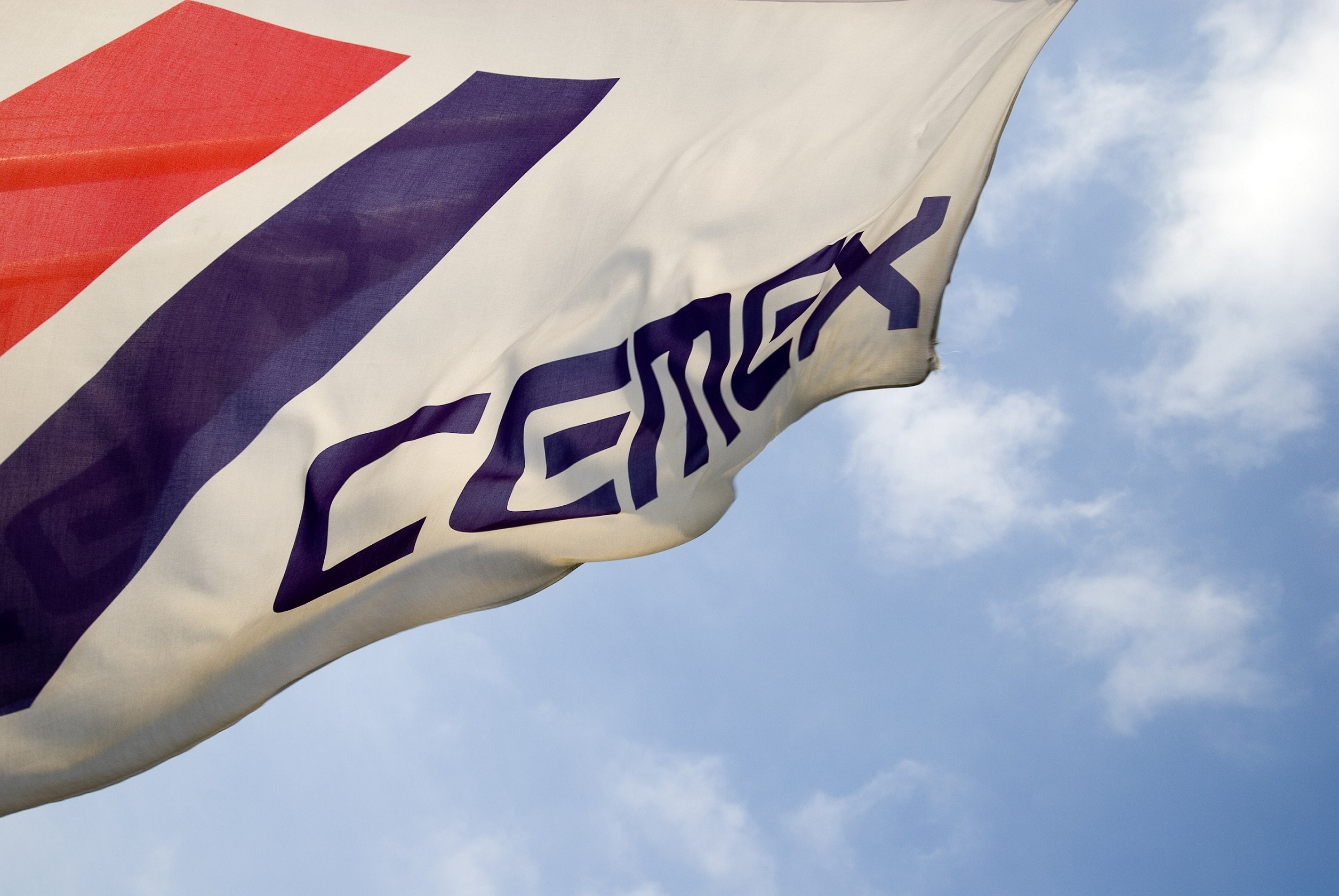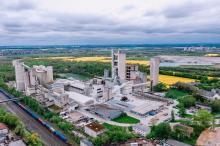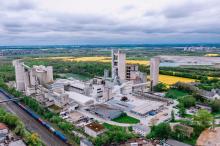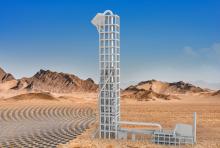
The LEILAC 2 project is funded by the European Union's Horizon 2020 research and innovation program. The project team comprises leading industrial, technology, and research & development partners.
Building materials giant CEMEX was an active participant in LEILAC 1, working with the partners to develop the novel direct separation of process carbon emissions derived from the clinker/cement manufacture. The highly concentrated CO2 resulting from the technology can then be easily handled via capture and/or storage. Process emissions are roughly 60% of the direct CO2 emissions from cement production. Thus, this technology can contribute significantly to the decarbonization of the whole sector.
Earlier this month HeidelbergCement announced it will be expanding its involvement in the LEILAC project and will build a LEILAC 2 demonstration installation for carbon capture at its cement plant in Hanover, Germany.
CEMEX says it is enthusiastic and determined to continue its contributions to the project by bringing expertise, experience, and key resources. As an example, it says its simulation experts undertook significant modelling of the CO2 reactor tube to obtain the required capture rate. CEMEX's technical team also tested novel designs for the CO2 reactor tube, given its deep understanding of the cement production process and how the technology can be implemented most effectively.
CEMEX decided to participate in LEILAC 2 pursuing and contributing to the technology's development utilising its gasification process's expertise. It is also leveraging its skills in alternative fuel consumption and computational fluid dynamic simulation design, aiming to succeed in the second stage of the LEILAC project.
"Our participation in the LEILAC 2 project is another example of our continued efforts to deliver net-zero CO2 concrete products globally by 2050," said Davide Zampini, CEMEX head of global R&D. "We are determined to have a significant direct involvement in research and development efforts pursuing high impact technologies in carbon capture, use, and storage."
CEMEX announced in 2020 its Climate Action strategy, defining a global target of a 35% reduction of CO2 emissions per ton of cementitious products by 2030.









